The fall season marks the period when many summer flowers begin to wither, giving the stage to the fall varieties. Most plants that grow in the autumn have the advantage of being able to handle a little frost. Not only are fall plants more cold-resistant, but some of them are also even perennials, which means you'll be able to enjoy them the following year as well. Moreover, they're no less beautiful than their summer counterparts, especially with the captivating array of colors they're available in. Getting familiar with some autumn flora will allow you to make the most formidable additions to your fall garden.
1. Beautyberries
The name doesn’t lie, because these berries are beautiful. Also known as callicarpa Americana, the beautyberry is a native plant that bears bright purple berries during the fall season. If you choose to add this plant, expect some little guests in your garden because the berries may attract some birds. Beautyberry plants can grow up to eight feet, making them a unique choice for garden screening or natural hedging. You can even use this lively plant as the focal point of your autumn garden.
Beautyberries are typically low-maintenance plants, only requiring weekly watering and no fertilizing at all. As for pruning, you could cut them back sometime around late winter to allow for denser foliage.
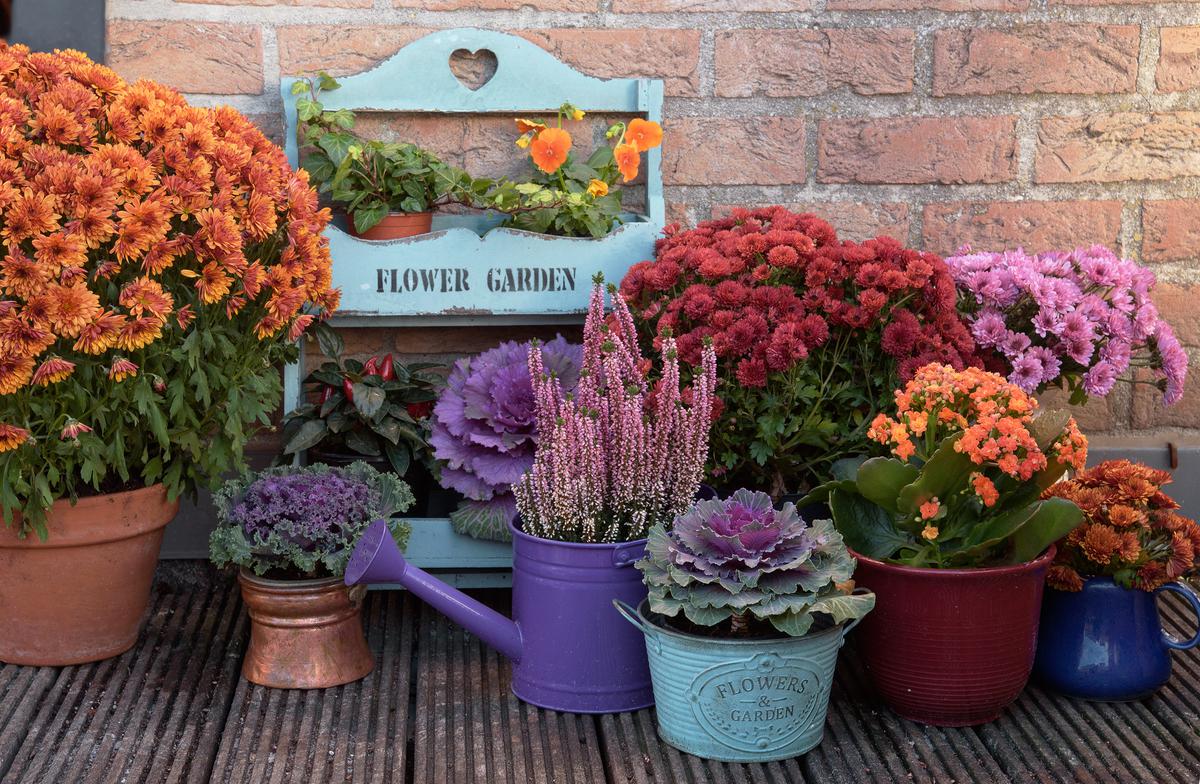
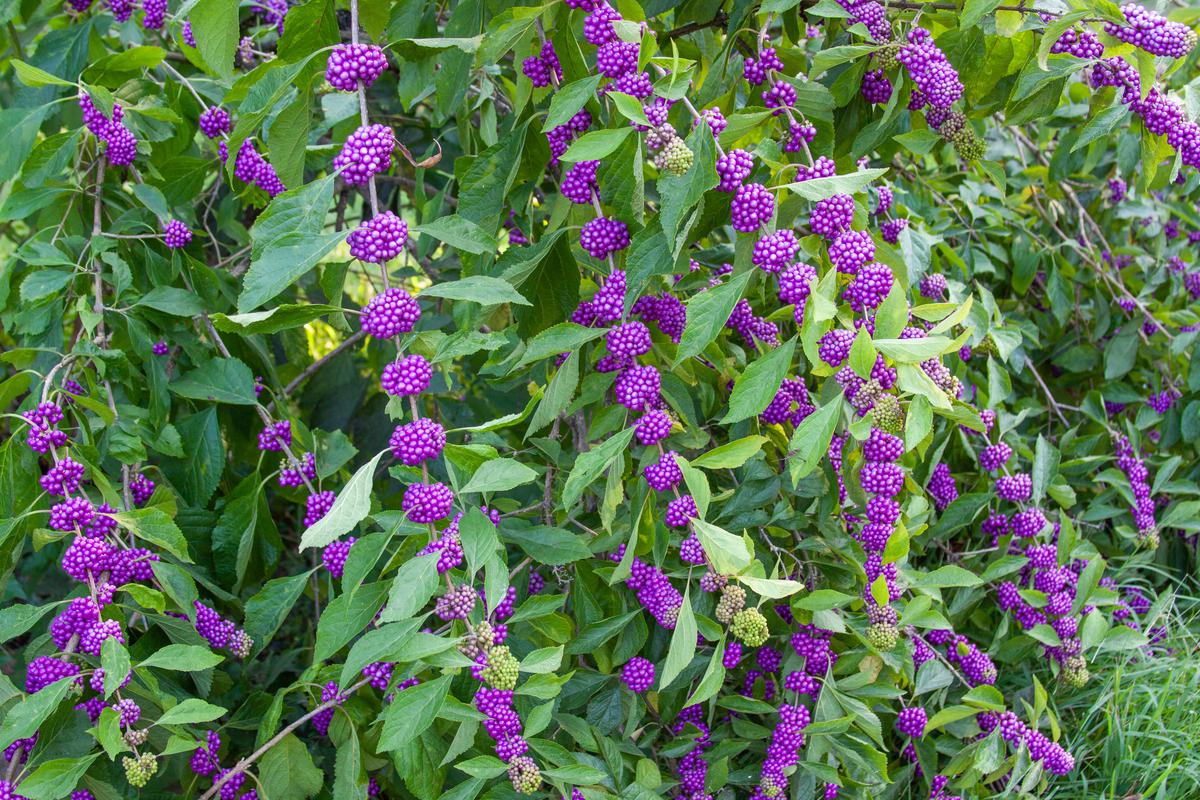
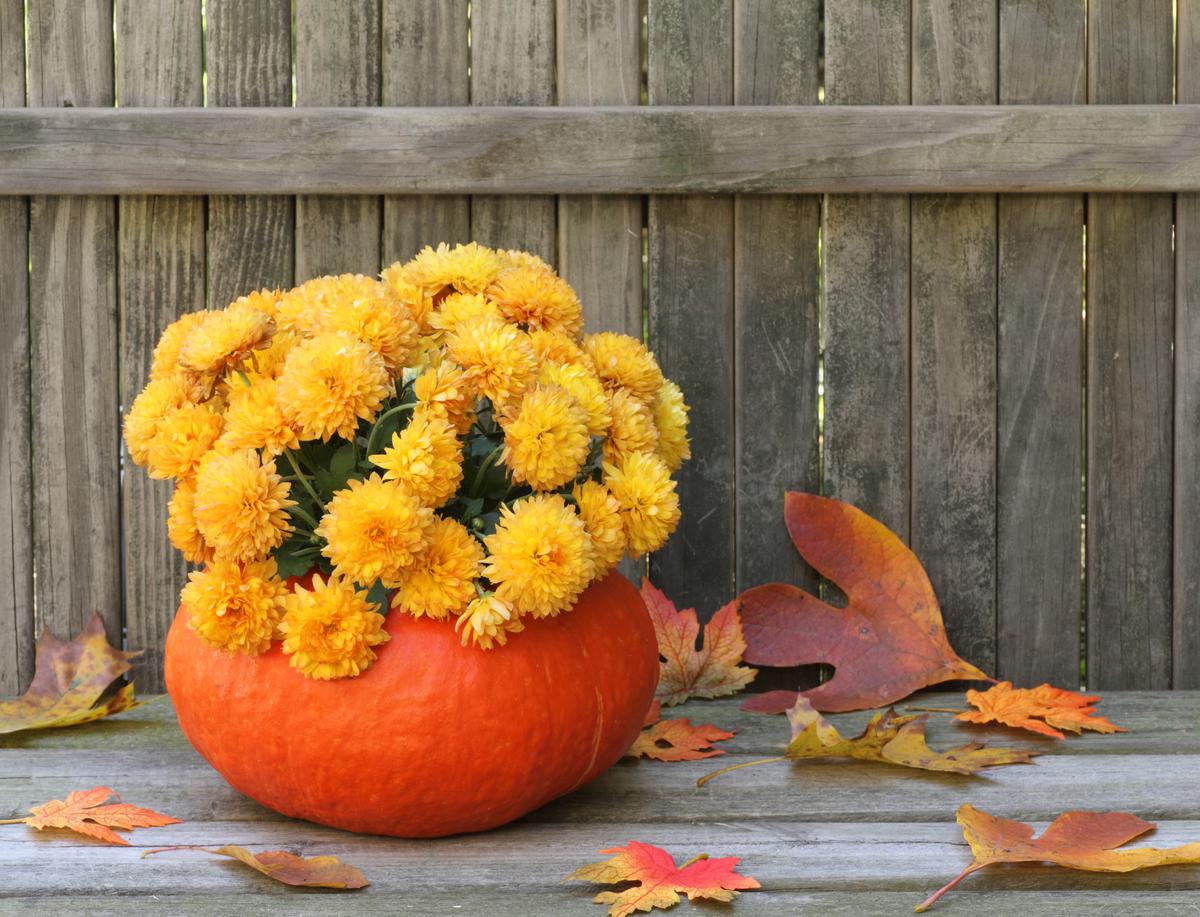
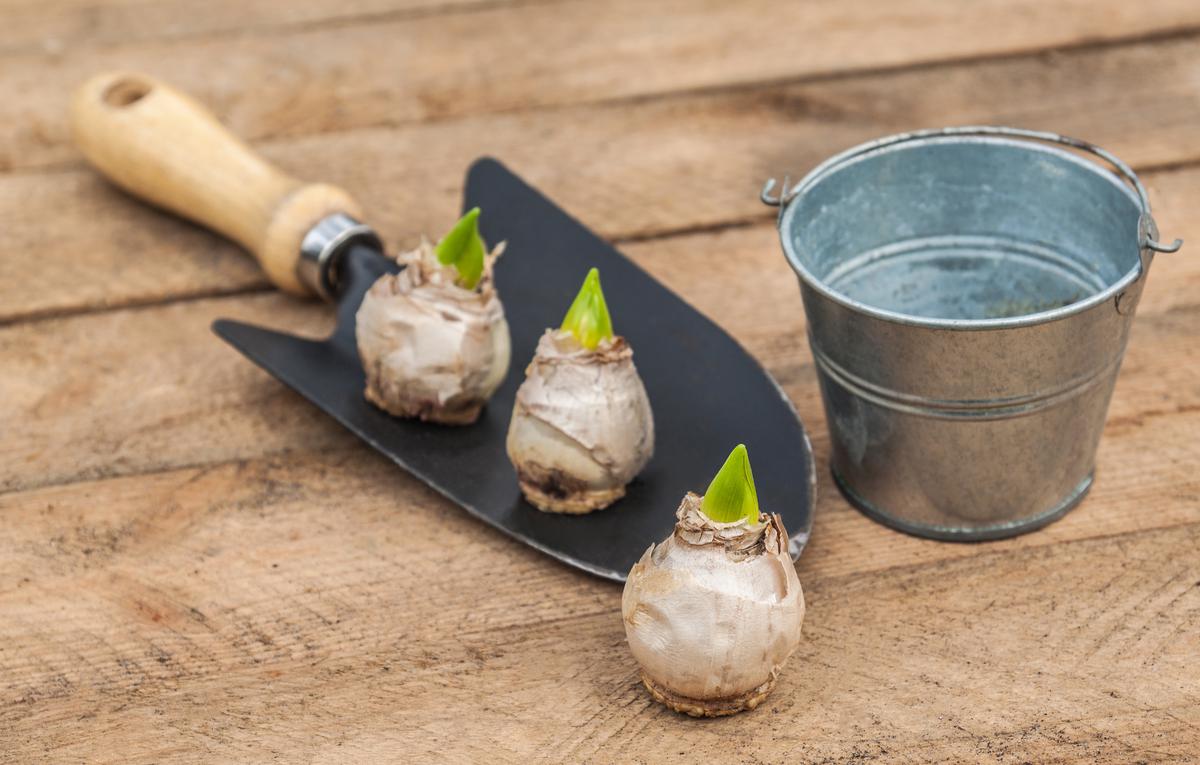
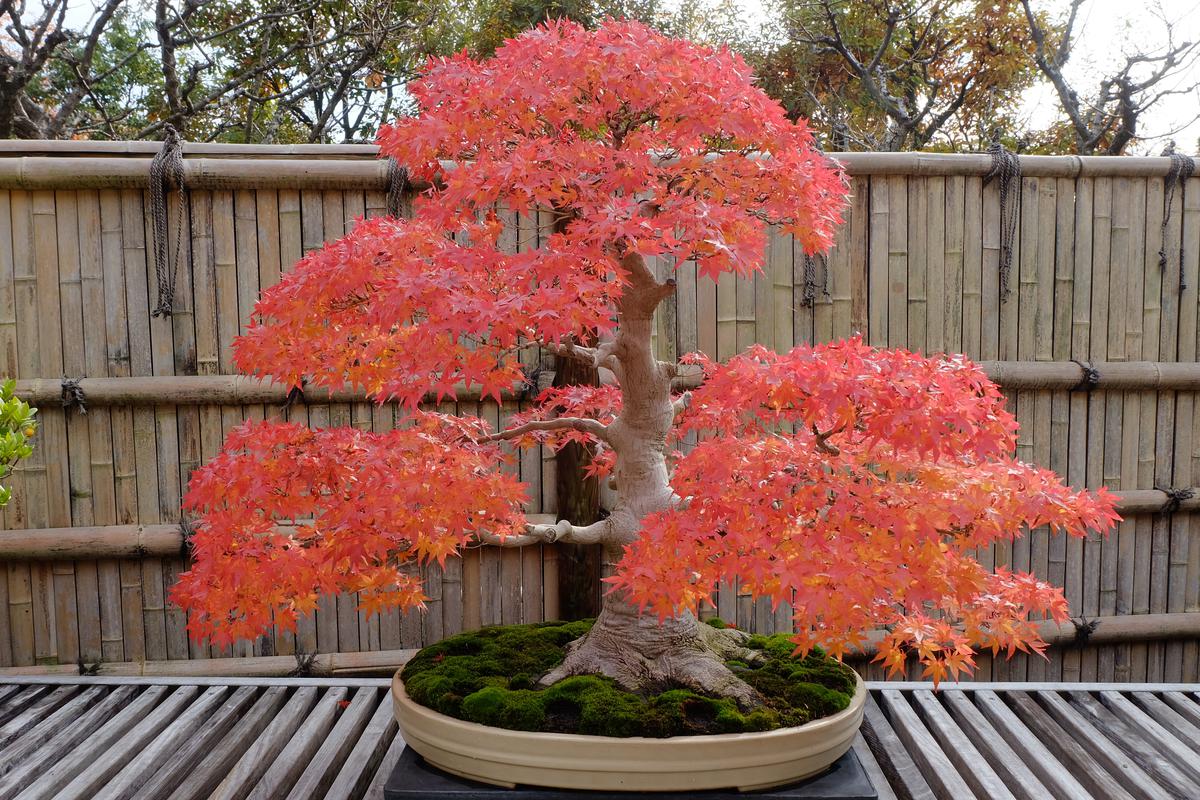
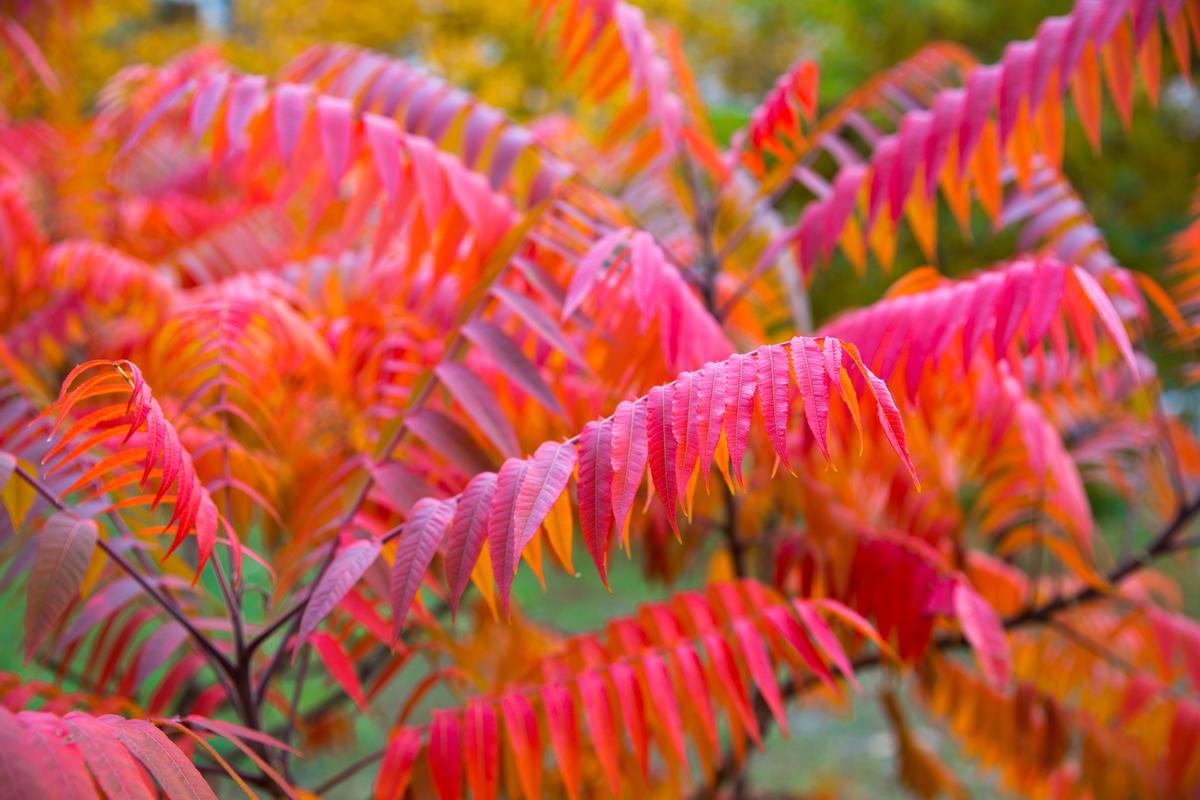
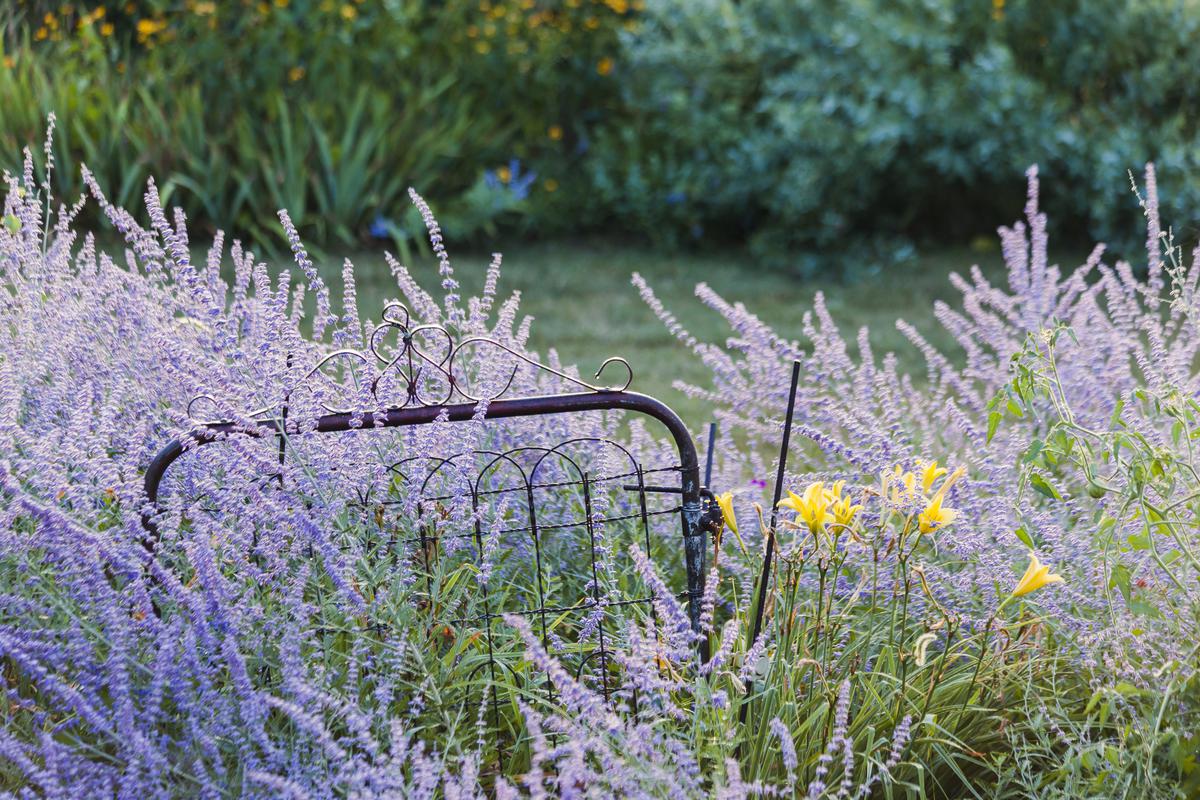
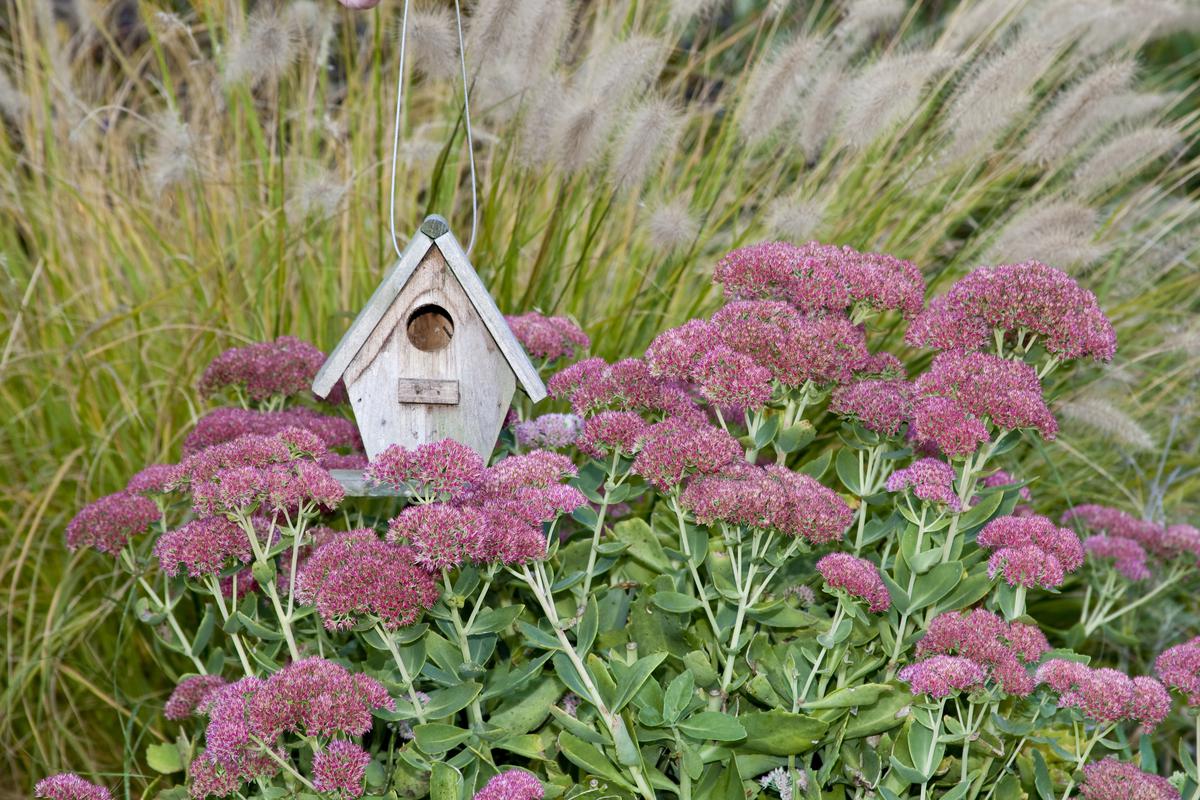
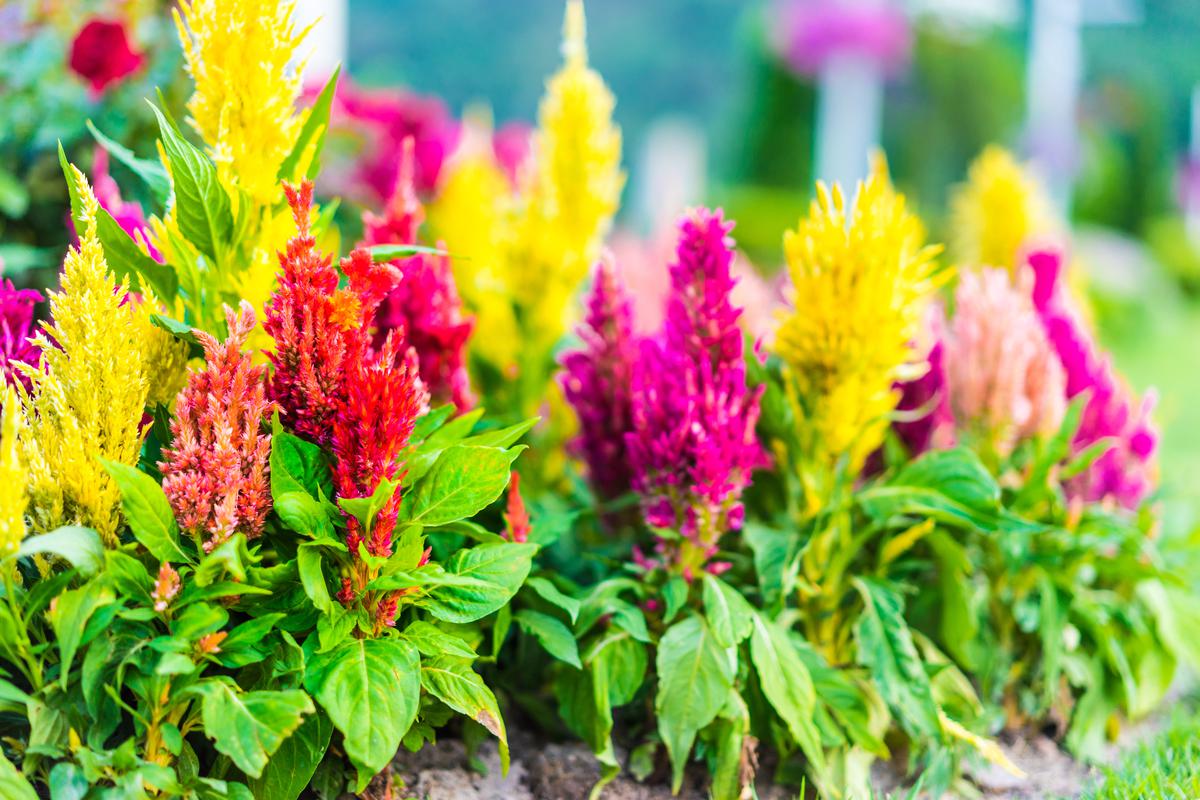
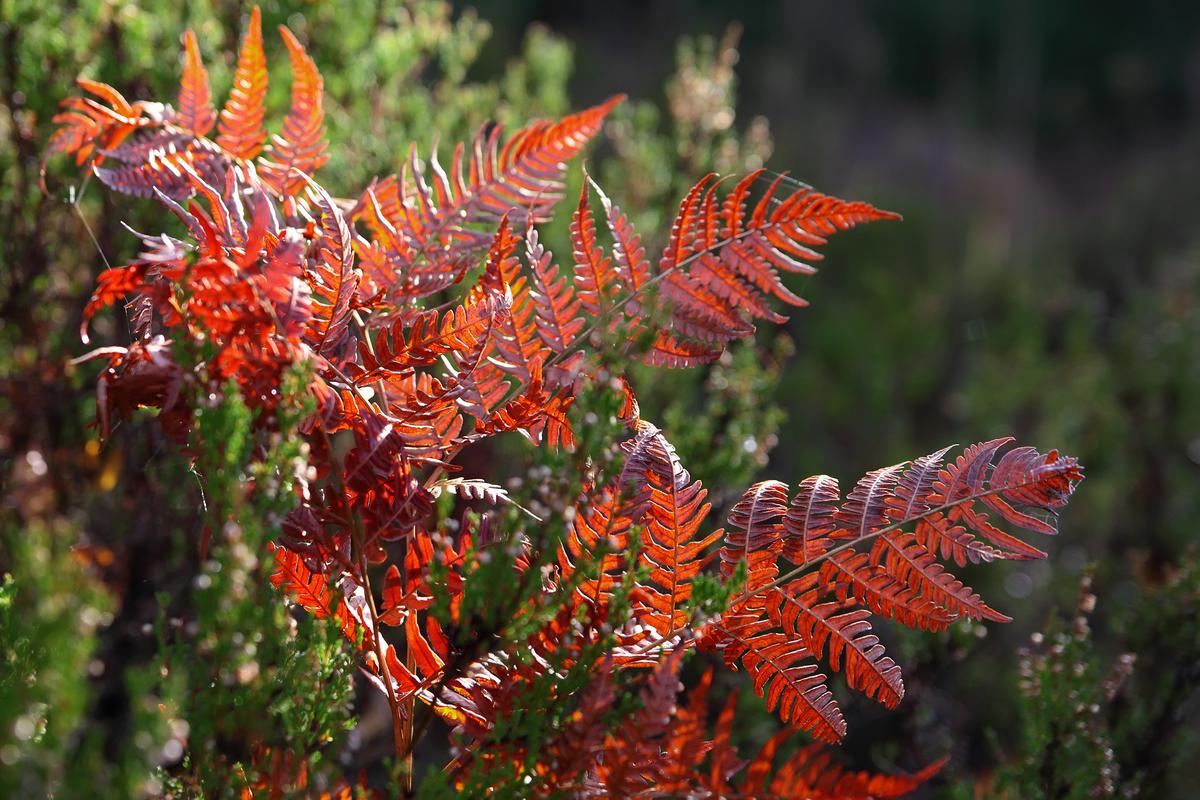
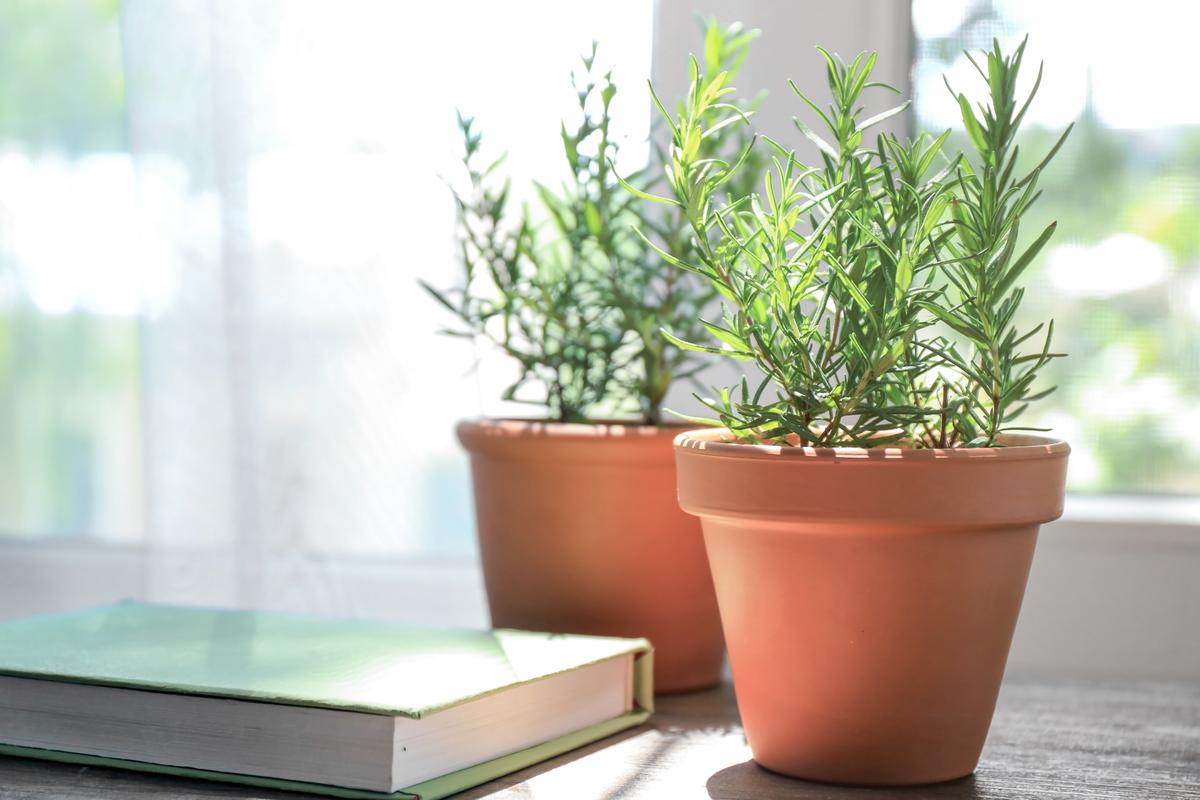
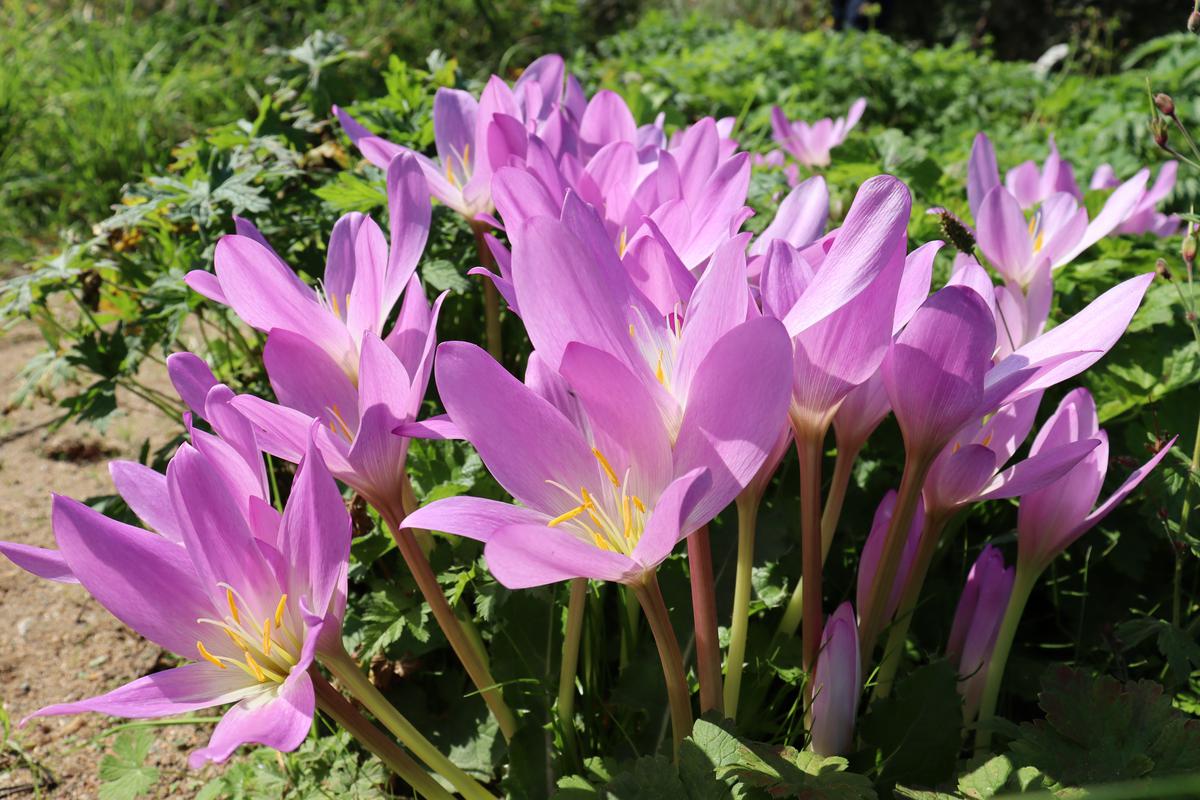
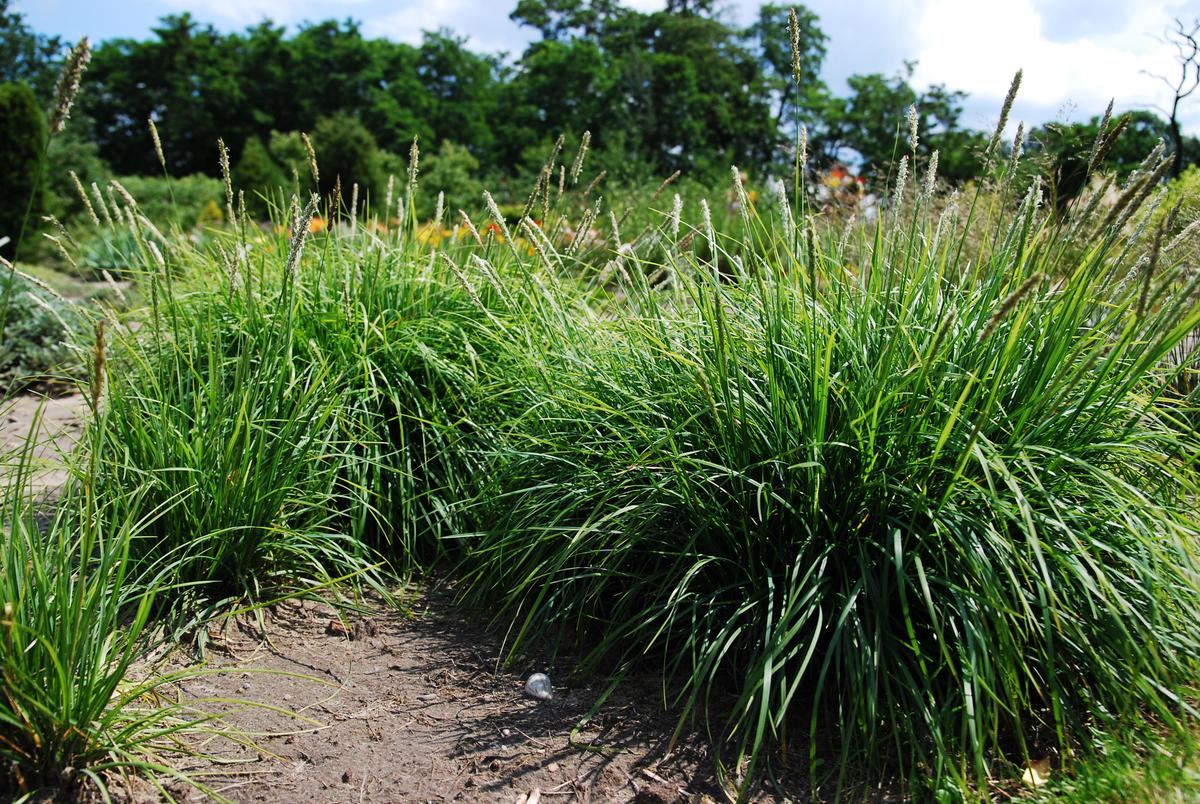
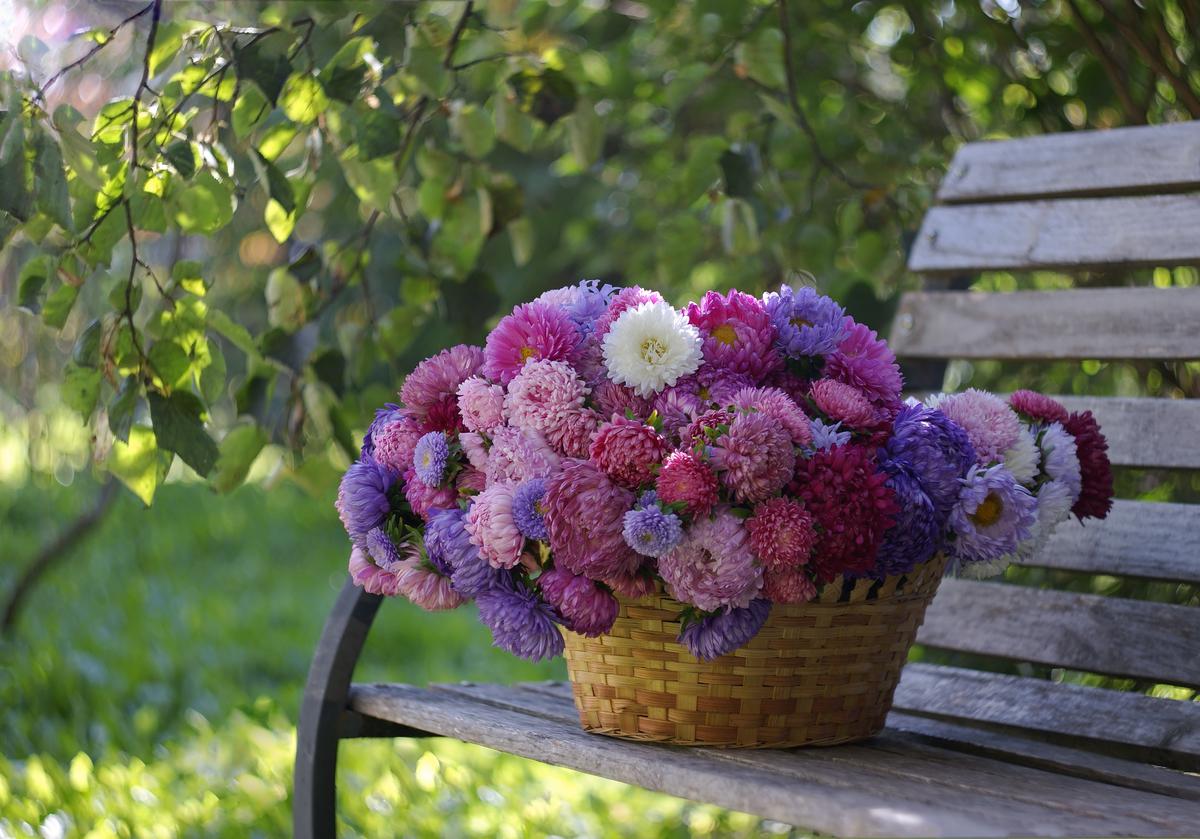
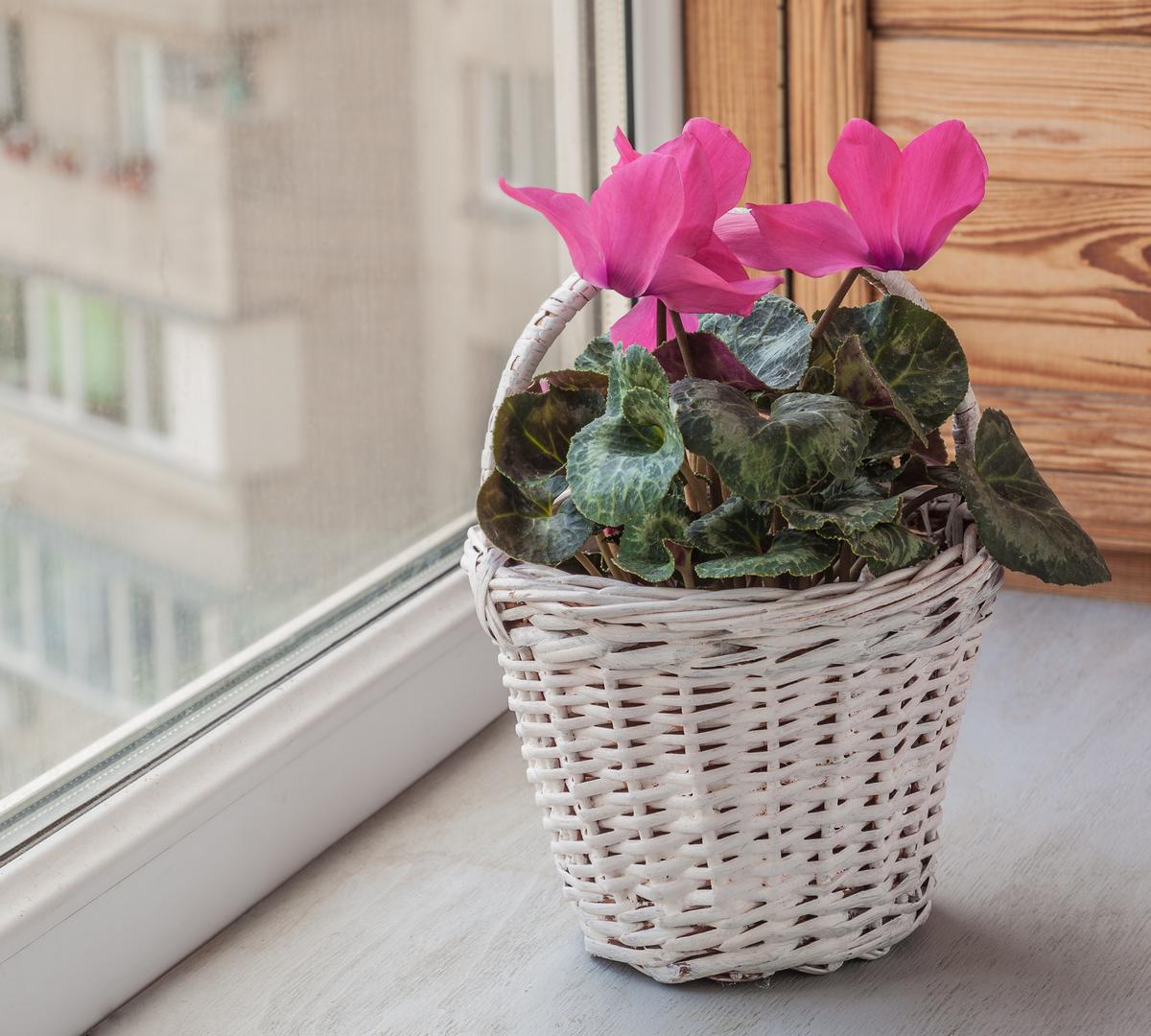
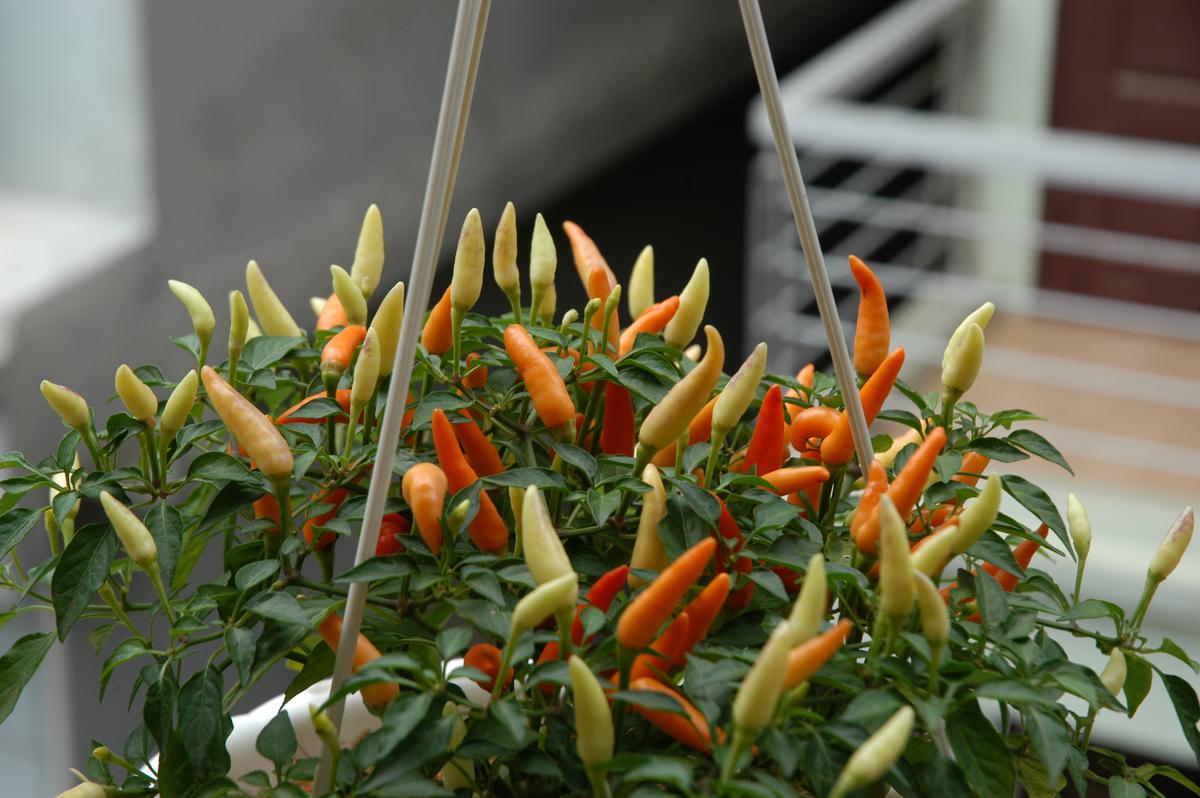
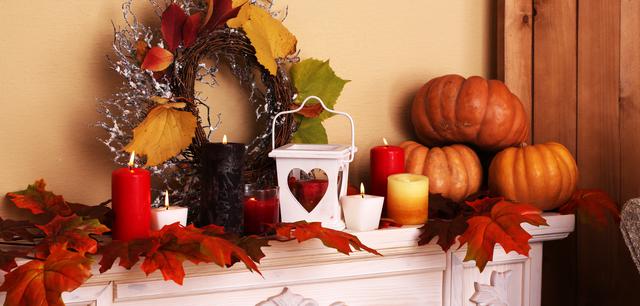



comments